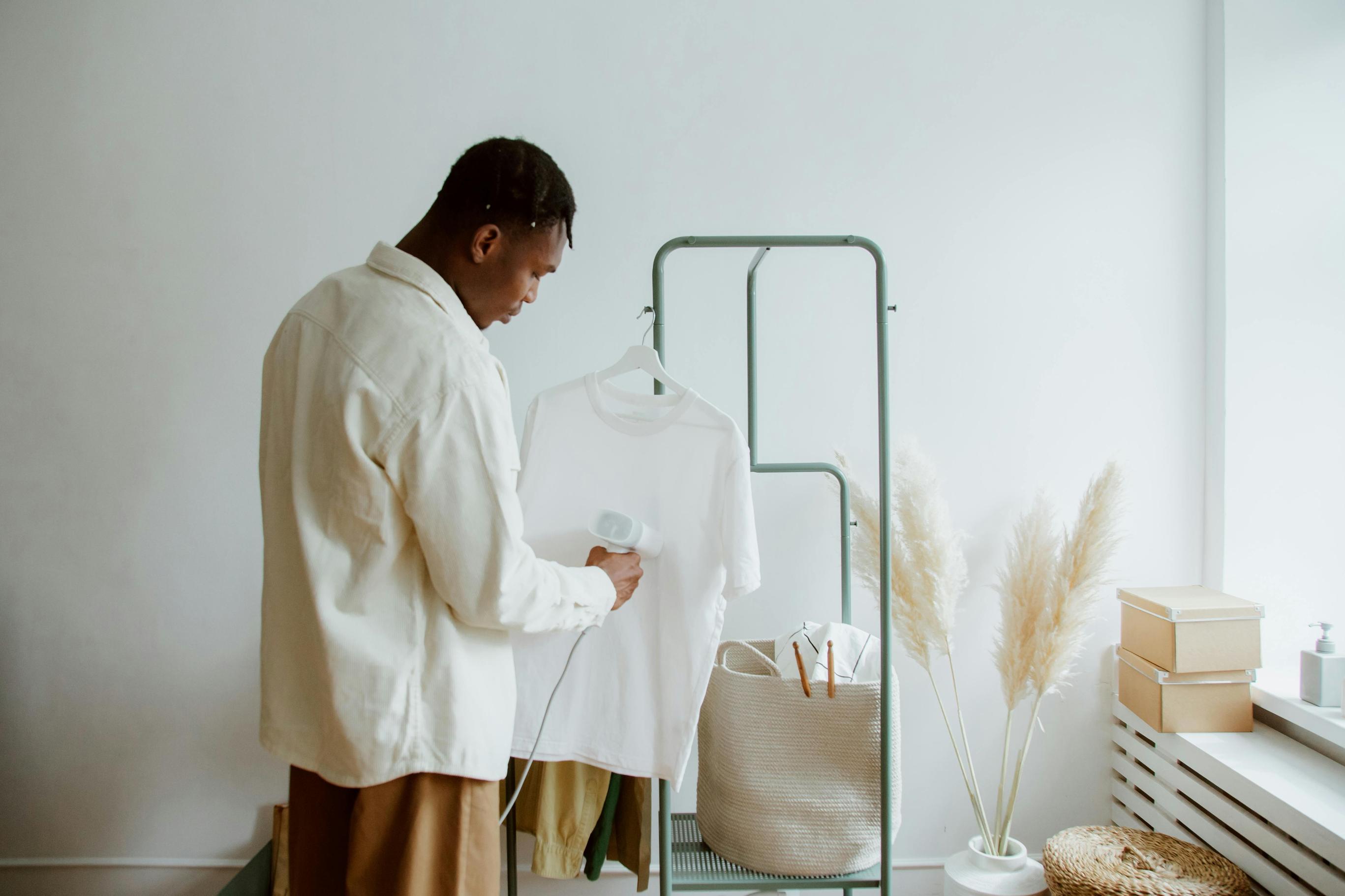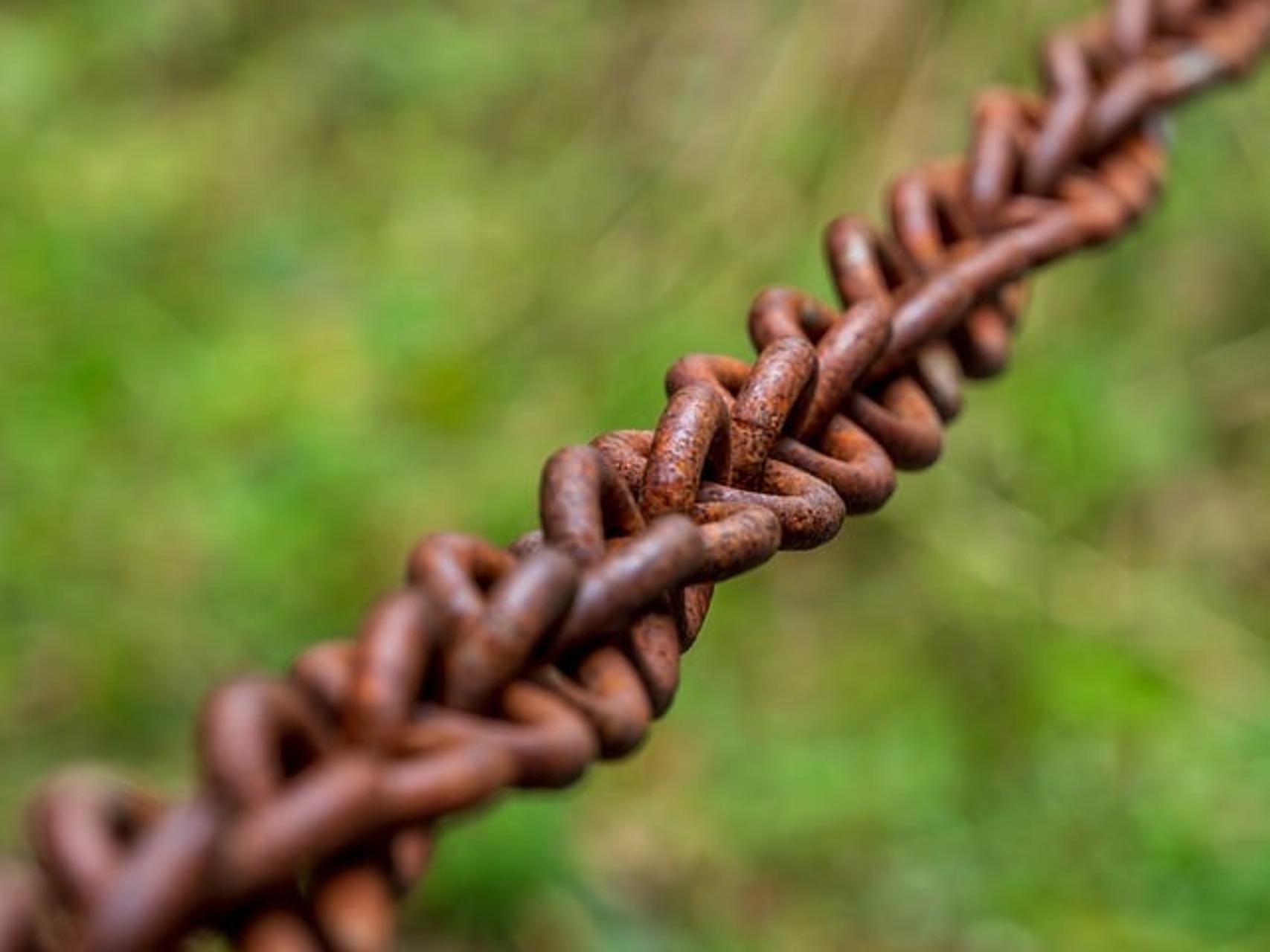Introduction
When taking care of garments, choosing between a steamer and an iron can be challenging. Each tool offers distinct benefits and serves different purposes, making it crucial to select the right one for your specific needs. This article delves into the pros and cons of steamers vs irons, helping you make an informed decision.

What is a Garment Steamer?
A garment steamer is a device designed to de-wrinkle fabrics using hot steam. Unlike irons, steamers don’t make direct contact with the fabric. Instead, they emit steam from a nozzle or brush, relaxing the fibers in the fabric and removing wrinkles.
Steamers are particularly beneficial for:
– Delicate fabrics like silk and chiffon
– Drapes and upholstery
– Quick touch-ups or refreshing garments
The key here is the gentle treatment that steamers provide, making them suitable for fabrics that could be damaged by the high heat and pressure of an iron.

What is an Iron?
An iron is a traditional garment care tool that removes wrinkles through direct heat and pressure. Typically, an iron has a flat, heated plate that is pressed against the fabric, creating a smooth finish.
Irons work well for:
– Crisp fabrics such as cotton, linen, and denim
– Creating sharp creases in trousers
– Achieving a neatly pressed look
Irons offer precision and control, which is why they’re often preferred for formal wear and heavily creased materials.
Ease of Use
Ease of use is a significant factor when choosing between a steamer and an iron.
Steamers:
– Set-up is usually quick, involving filling a water tank and waiting for the device to heat up.
– No need for an ironing board; clothing can be steamed while hanging.
– Less physically demanding; you don’t need to apply significant pressure.
Irons:
– Require an ironing board and a stable, flat surface.
– Heated plates can be adjusted to different temperatures to suit various fabrics.
– Involves more effort to press out stubborn wrinkles.
If you value convenience and want a low-effort solution, a steamer may be the right choice. Irons, although more labor-intensive, provide effective and precise results, especially for tougher fabrics.
Performance and Effectiveness
Both steamers and irons offer high performance, but their effectiveness can vary based on the fabric type and intended use.
Steamers:
– Excellent for lightweight and delicate fabrics.
– Ideal for quick de-wrinkling and garment refreshing.
– Less effective on heavy fabrics and deep-set creases.
Irons:
– Superior for heavy fabrics like denim and cotton.
– Can create crisp, sharp lines for a well-tailored appearance.
– May cause damage to delicate fabrics if not used properly.
Consider what type of garments you frequently manage to determine whether a steamer or iron suits you better. For daily wear and light fabrics, a steamer might suffice; however, for formal attire and sturdier materials, an iron is likely more effective.
Portability and Storage
Portability and storage are essential considerations, especially for those with limited space or who travel often.
Steamers:
– Available in various sizes, from hand-held travel versions to larger home units.
– Generally lightweight and easy to carry.
– Compact designs make storage simple and efficient.
Irons:
– Typically bulkier, especially when accounting for the ironing board.
– Travel irons are available but are often less powerful.
– Storage requires more space due to the need for additional accessories like an ironing board.
If you’re looking for a compact, portable garment care solution, a steamer may be more suitable. However, those with dedicated space for ironing might prefer the consistent results provided by an iron.

Maintenance and Durability
Maintaining your garment care tools ensures longevity and effective performance.
Steamers:
– Require regular descaling to remove mineral deposits from the water tank.
– Cleaning the nozzle or brush attachment periodically is necessary.
– Generally durable, but more susceptible to water-related damage.
Irons:
– Regular cleaning of the soleplate to remove starch or fabric residue.
– Checking and maintaining the water reservoir.
– Robust design often ensures long-lasting performance.
Both devices need routine care, but the specifics vary. Steamers require more frequent descaling, while irons need occasional cleaning of the heating plate.
Safety Features
Safety is paramount when handling appliances that emit heat or steam.
Steamers:
– Often include automatic shut-off features to prevent overheating.
– Safer for delicate fabrics due to minimal direct contact.
– Less risk of burns from hot surfaces as steamers don’t have exposed heating elements.
Irons:
– Equipped with automatic shut-off for when left unattended.
– Some models have anti-drip systems to prevent water leakage.
– The hot plate poses a burn risk, necessitating careful handling.
When safety is a concern, both devices offer protective features, but steamers might have an edge in reducing the risk of burns.
Cost Analysis
Comparing costs involves not just the initial purchase price but ongoing expenses.
Steamers:
– Generally range from $20 to $200, depending on the size and brand.
– Minimal long-term costs, primarily related to descaling agents.
Irons:
– Prices vary from $10 for basic models to $150 for high-end versions.
– Occasional costs for cleaning solutions and ironing board covers.
While both come in a range of prices, your budget and garment care needs will guide your choice.
Conclusion
Choosing between a steamer and an iron depends on your specific garment care requirements. While steamers offer convenience and gentle care, irons provide precision and effectiveness, especially for heavy fabrics. Evaluate your garments’ needs to make the best choice.
Frequently Asked Questions
What types of fabrics are best for garment steamers?
Garment steamers are ideal for lightweight and delicate fabrics such as silk, polyester, and satin. They are also effective for refreshing upholstery and drapes.
Can a steamer replace an iron?
A steamer can replace an iron for daily wear and light fabrics but may not suffice for heavy fabrics or where sharp creases are needed.
How long does a garment steamer/iron typically last?
The lifespan of a garment steamer or iron largely depends on usage and maintenance. Typically, these devices can last 2-5 years with proper care.
